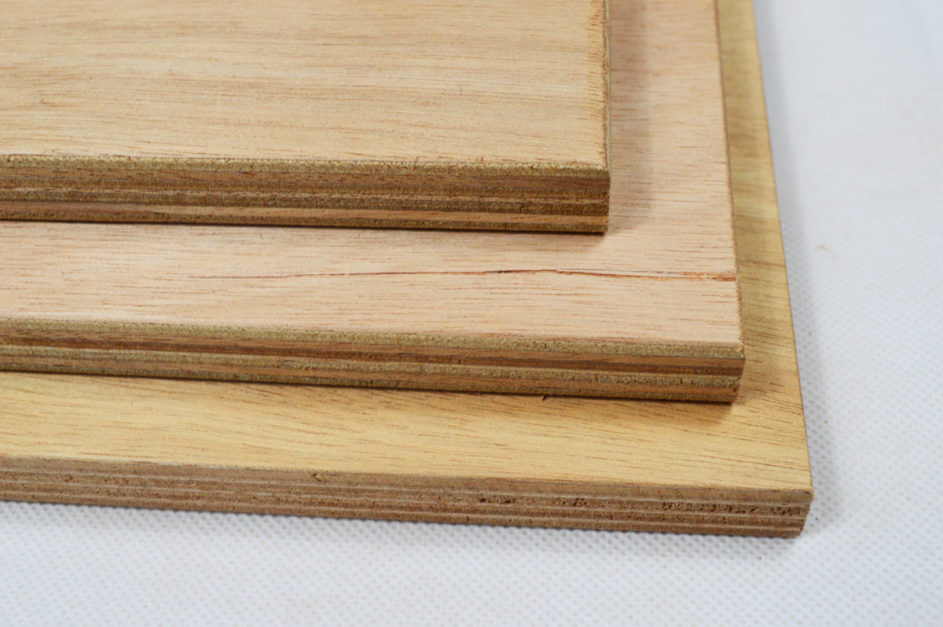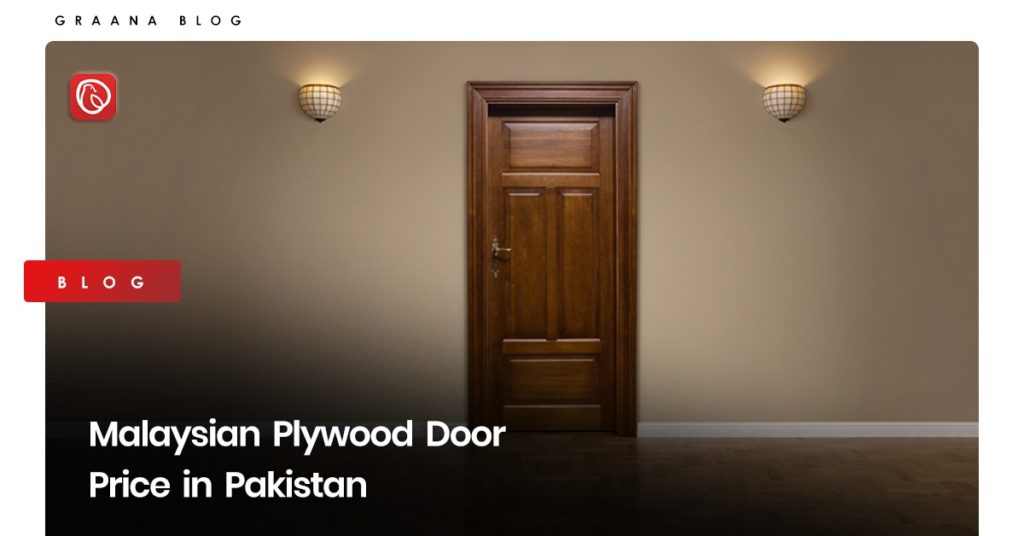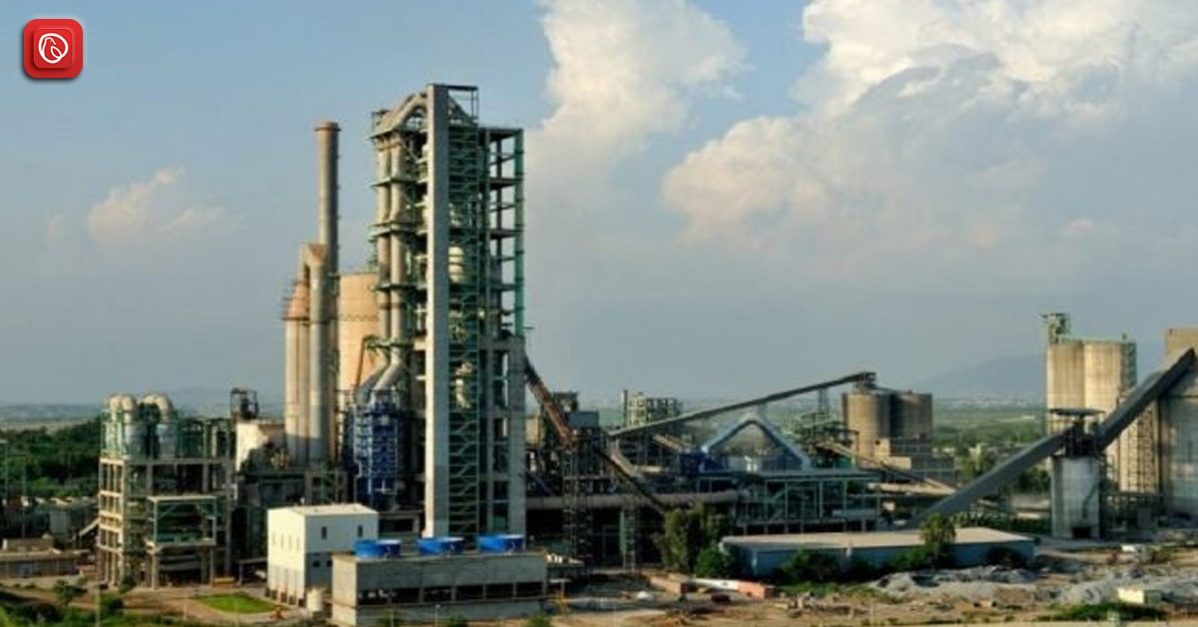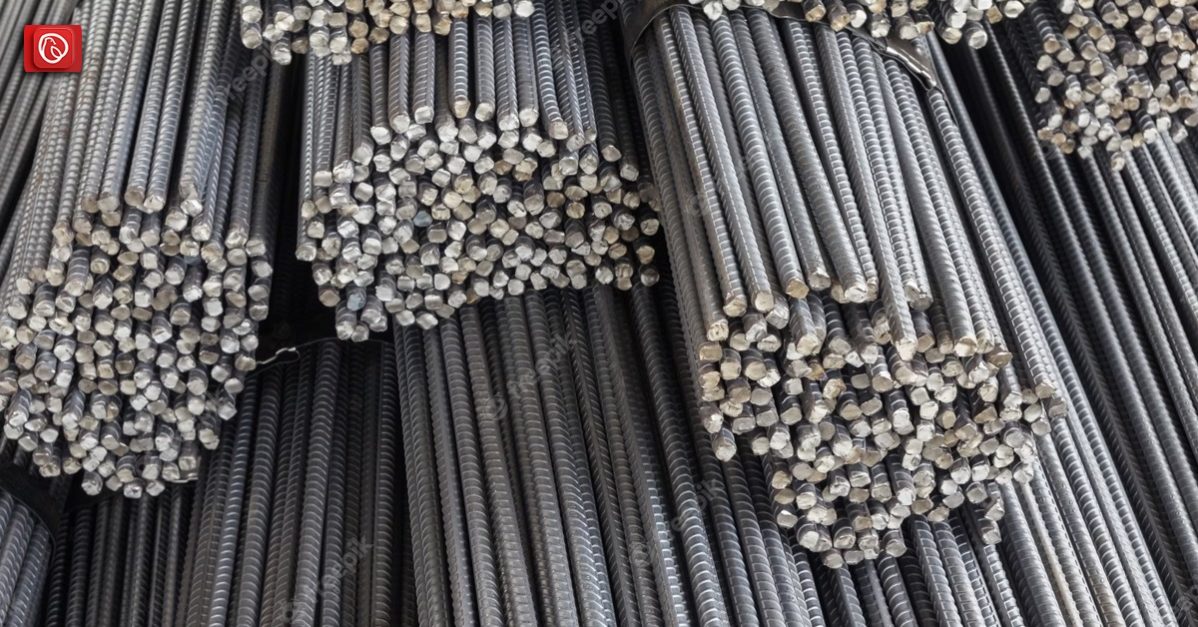Malaysian plywood is a kind of wood panel created from thin veneer sheets that are peeled off logs, which have been cut using a rotary saw. The panels are stronger and more sturdy when the sheets are bonded together with the grain of each sheet pointing in opposing directions, as opposed to the same direction.
Malaysian plywood is frequently utilised in a range of carpentry and building projects, including the building of doors. A number of vendors, such as lumber yards, home improvement stores, and internet retailers, may offer Malaysian plywood doors, a type of wooden door in Pakistan.
The cost of these doors might change based on the supplier, region, size, width, and layout of the door. Finding the greatest bargain on Malaysian plywood windows in Pakistan requires careful price comparison and research.
Graana.com provides you with a complete guide on Malaysian plywood doors prices in Pakistan, including their, advantages and disadvantages.
Pros & Cons of Malaysian Plywood

Using plywood for doors comes with its own set of pros and cons, some of which are mentioned below.
Pros of Malaysian Plywood Doors
Due to its adaptability and affordability, Malaysian plywood is frequently used in building, furniture, and other industries.
The following are some of the major benefits of Malaysian plywood:
- Strength and tensile strength: Malaysian plywood is renowned for its excellent strength-to-weight relation, which makes it an ideal choice for a variety of uses, including flooring, wall panelling, and roofing. It is a strong and long-lasting substance since it is also resistant to bending, breaking, and splitting.
- Versatility: Malaysian plywood comes in a variety of widths, sizes, and grades and may be used for a variety of applications. It can be used for both structural and non-structural purposes, including building furniture, floors, walls, and roofs.
- Affordability: It is also a cost-effective solution for many projects because it is typically less expensive than other forms of wooden boards, such as hardwood or particleboard.
- Cost-effectiveness: It is produced from trees that grow quite rapidly, thus minimising the negative environmental effects of the production of wood. New trees can easily be grown to substitute those that are cut down.
- Easy to use: It is rather simple to cut, mould, and finish. According to the design requirements, it can easily be coated, dyed, or given a variety of finishes.
Cons
Despite the many benefits, there are a few drawbacks of using Malaysian plywood as well, which could make it less suitable for particular applications.
These are as follows:
- Reduced durability: Malaysian plywood may not be appropriate for high-traffic or moist places because it is typically less durable than other types of wood panels, such as hardwood or particleboard. Additionally, it can be vulnerable to water or moisture damage, which could lead to the delamination of the plies or the failure of the adhesive.
- Variable quality: The kind of adhesive employed, the thickness and amount of plies, and the calibre of the veneers can all impact the quality of Malaysian plywood. Lower-grade plywood could contain more knots, flaws, and inconsistencies, which could compromise its strength.
Malaysian Plywood Door Price in Pakistan

To provide you with a comparison, the average prices of the different types of wooden doors available in Pakistan have been listed below, including Malaysian plywood doors.
| Type | Price in Pakistan |
| Deodar Wood | Rs. 4,500/cubic foot |
| Ashwood | Rs. 5,000/cubic foot |
| Partal Wood | Rs. 1,500/cubic foot. |
| Oud Wood | 7500 Rs/cubic foot |
| Oakwood | Rs. 2,800/cubic foot. |
| Malaysian plywood door | Rs. 5,200/cubic foot |
| Local Kail Wood | Rs. 3,200/cubic foot |
For more relevant information, visit the Graana blog.




